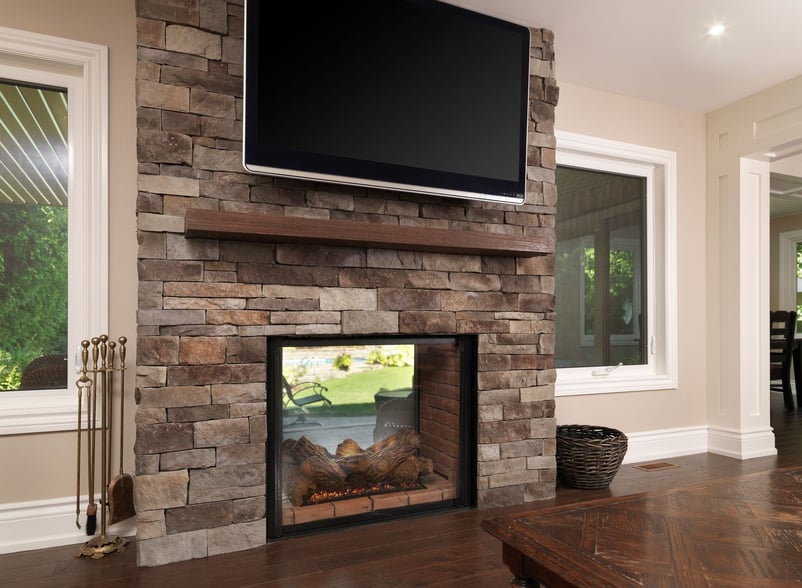Is Your Markham Home Properly Insulated?

It has been a very cold and snowy winter in the GTA already, and there are few happy faces seen when it is -30 degrees Celsius outside. However, believe it or not, you can use all the snow, ice and cold temperatures to your advantage. The frigid temperatures and snowfall can help you determine whether your home is insulated properly or poorly.
A properly insulated and well-ventilated attic will keep cool air in your home in the summer, and warm air in your home in the winter. A natural property of heat is that it rises, so a well-insulated attic will keep that warm air from escaping your home. After a snowfall, if there are patches of snow-free spots on your roof, that means the warm air is escaping (as seen in the pictures above).
A poorly insulated attic means higher energy costs as you try and keep your house warm while the heat continues to escape. If you suspect your insulation needs beefing up, you can have a professional insulation company come and check it out for you.
The current Ontario Building Code requires that your insulation, where there is an attic, have a rating of at least R50 for new builds and renovations that impact the ceilings. Previously, the minimum requirement was R40 – so if your rating is less than R50, don’t be alarmed.
There is another way to know whether your attic is working properly, known as ice damming. Ice damming occurs at the eve or in valleys of the roof. This happens when the heat that escapes into the attic goes directly to the underside of the roof sheathing and melts the snow. As the snow melts and starts to move down the roof, it reaches a point where it crosses the eve, where it is cold both on top and underneath. This is where freezing occurs and ice builds at the eve – you may even see monster icicles hanging down. Good ventilation would help with most of this, but only if you have air coming in at the soffit (perforated aluminum or wood under the eve) and out the top via roof vents. Don’t be fooled by roofers trying to sell you the big expensive roof vents, often called “Whirly Bird”, because they will not perform well without the inlet of air at the soffit.
Another problem that occurs with a large amount of ice damming is water back up so far that it will move under the shingles and ultimately into the house. This will give you mold, damaged attic and wall insulation, damaged drywall and paint, damaged trim and flooring, and the list goes on.
Is your home prepared for the blistery Canadian winters? Even if you live in a new home, these problems may still be pertinent to you. If you have any further questions about your Markham home, feel free to reach out to us!
Related Articles
.jpg)
Home Design Trends You'll Love This Year
Over the last several decades, you have probably seen a lot of home design trends come and go....
%20(1).jpg)
8 Expert Tips on Hiring the Right Contractor for Your Home Renovation
A General Contractor (GC) takes full responsibility for ensuring a renovation or custom home build...

The Ultimate Smart Home Features Guide for Your Markham Renovation
It’s time to get real about getting smart. Smart technology is an inevitable progression of...
